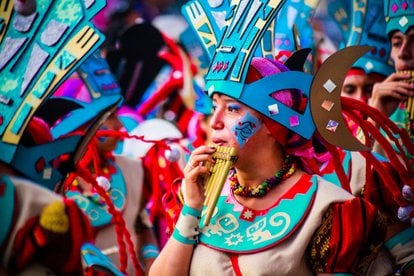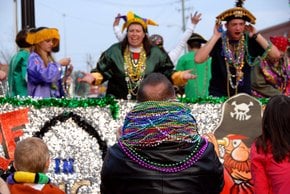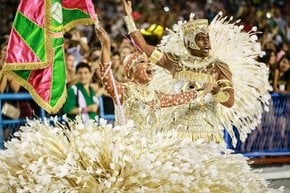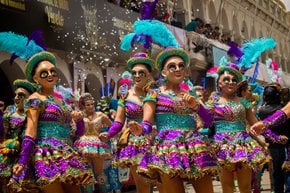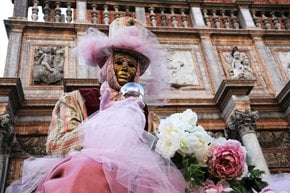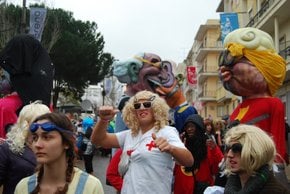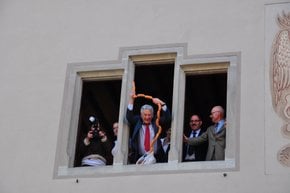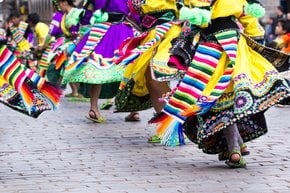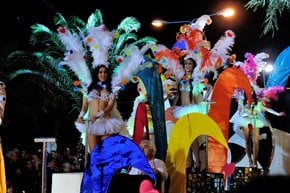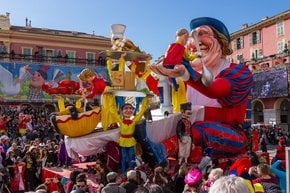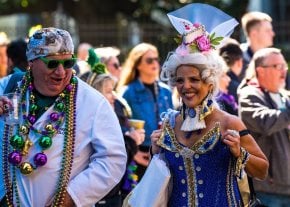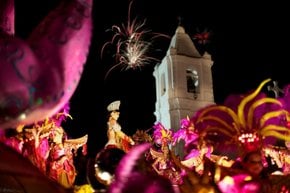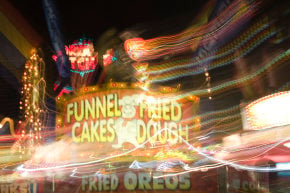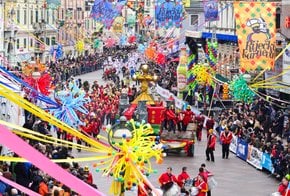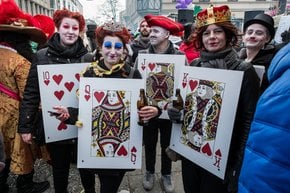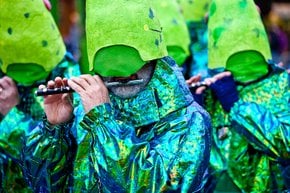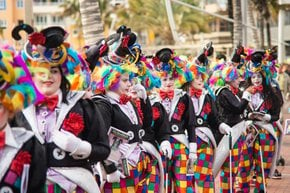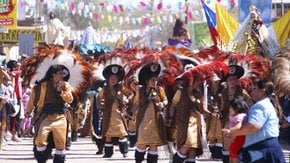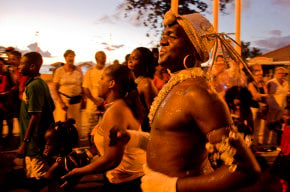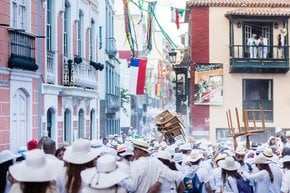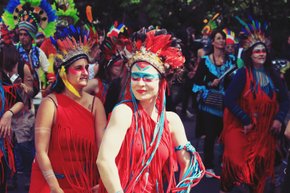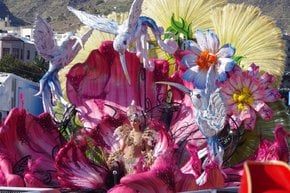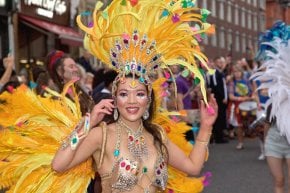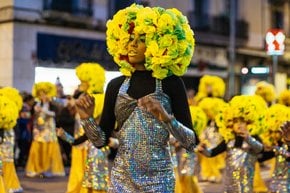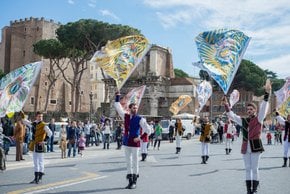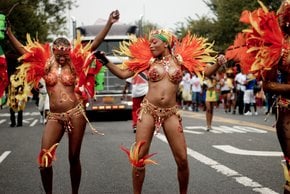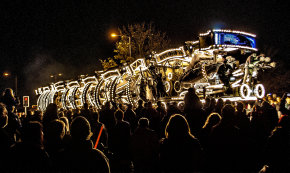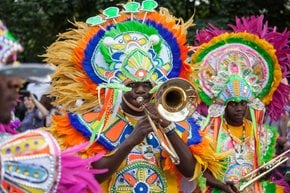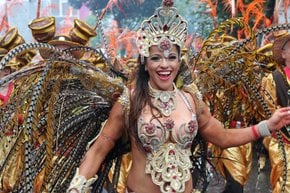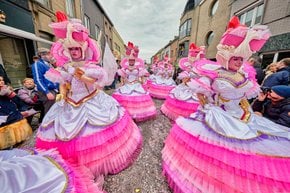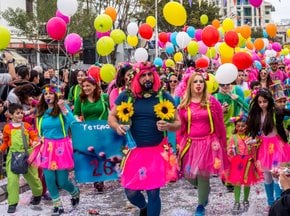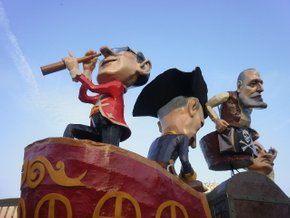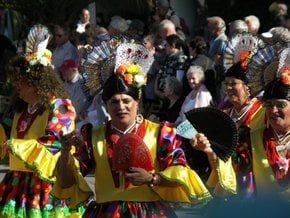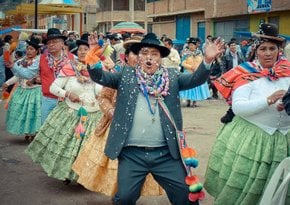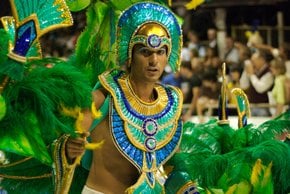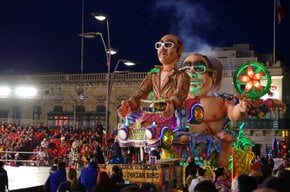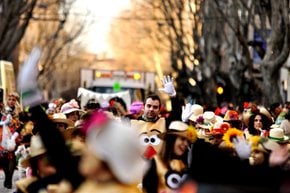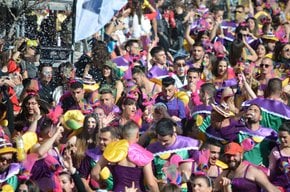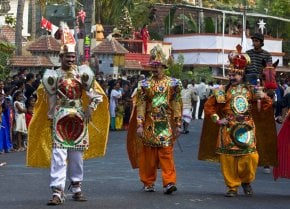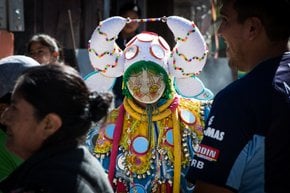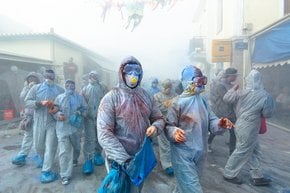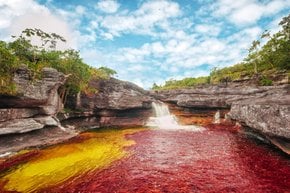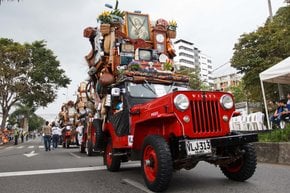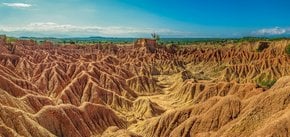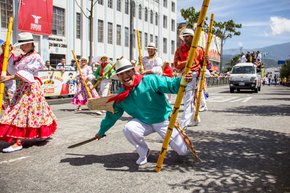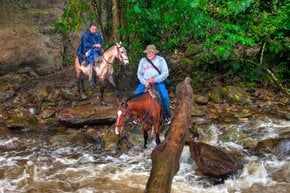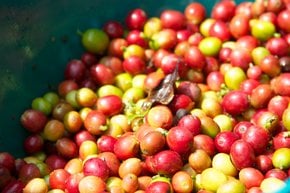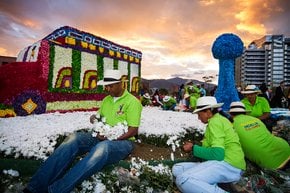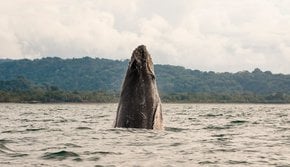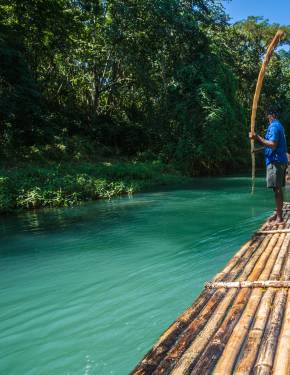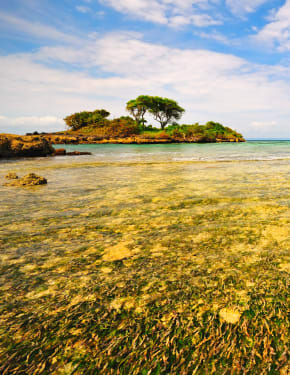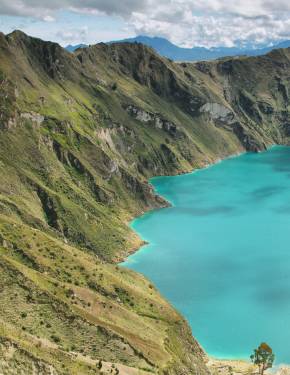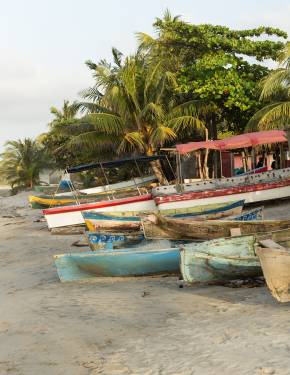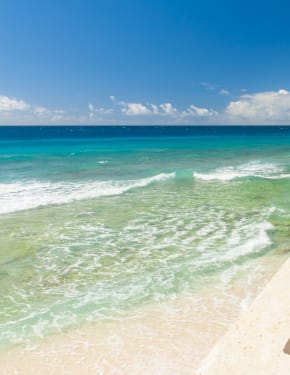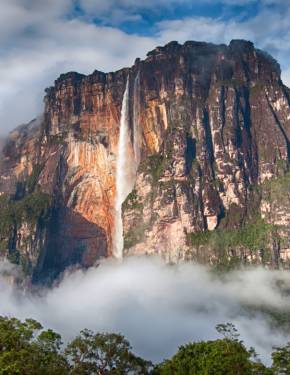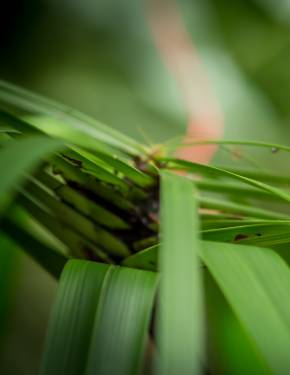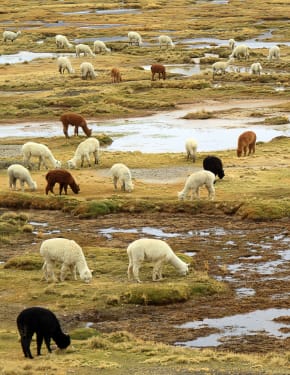Karneval der Schwarzen und Weißen 2026 in Kolumbien
Dies ist einer der ältesten Karnevals in Südamerika, seine Ursprünge gehen auf die Zeiten der spanischen Herrschaft zurück. Seien Sie bereit, in verschiedenen Farben gemalt werden!
Termine: 2. Januar - 7. Januar
Das Hauptmerkmal von Blacks and Whites' Carnival ist, dass sich Menschen mit allem, was sie in die Hände bekommen, malen und färben – Farbe, Politur, Fett, Talkum, Kreide und Mehl. Der 5. Januar ist der Tag der Schwarzen und der 6. Januar der Tag der Weißen. Der Tag der Schwarzen erinnert an die Zeit, als afrikanische Sklaven befreit wurden.
Allgemein beginnt die Feier in Pasto am 28. Dezember mit einigen lustigen Vor-Karneval-Veranstaltungen. Am ersten Tag schlendern Menschen aller Altersgruppen durch die Straßen und werfen Wasserkübel auf einander. Es wird von der Serenade zu Pasto, wo lokale Bands und Sänger spielen die Gitarre oder andere Saiteninstrumente gefolgt. Der 2. Januar markiert den echten Beginn des Festivals mit beeindruckenden Paraden.
Während des Festivals können Sie lokale Musik, einzigartige antike Kostüme und verschiedene Aufführungen von lokalen, nationalen und internationalen Künstlern genießen. Vergessen Sie nicht, eine spezielle Schutzmaske "Antifaz" zu kaufen, die in jedem Geschäft erhältlich ist.
During the festival, you can enjoy local music, unique ancient costumes, and different performances by local, national, and international artists. Don't forget to buy a special protective mask, "antifaz," which can be found in any shop.
The origins of this carnival trace back to the colonial era when enslaved Black individuals requested their Spanish masters for a single day of freedom each year. This request was granted, and January 5 became the designated day. On this day, the Black community celebrated their heritage with vibrant festivities honoring their roots and ancestry. The joyful atmosphere was so infectious that white participants joined in, painting their faces black to be part of the celebration, which extended into the early hours of the next day.
Ursprünglich mit dem Bedürfnis nach einer festlichen Auszeit im Arbeitskalender verbunden, wuchs diese Feier im Laufe der Zeit, angetrieben durch ihre kulturelle Lebendigkeit und starke Unterstützung der Gemeinschaft.
Today, the Black and White Carnival is recognized as the only Colombian Carnival with distinctly indigenous roots, enriched by the blending of diverse cultural influences that followed the country's independence. On September 30, 2009, UNESCO recognized the Black and White Carnival as one of the Masterpieces of the Oral and Intangible Heritage of Humanity, celebrating its rich cultural significance and unique traditions.
Carnival serves as a powerful symbol of unity, transforming private homes into communal spaces where carnival arts are created and shared. This vibrant event brings together people from all walks of life, providing a platform to express diverse perspectives and celebrate shared humanity. It stands as a testament to the collective aspiration for a future founded on mutual respect and tolerance.

